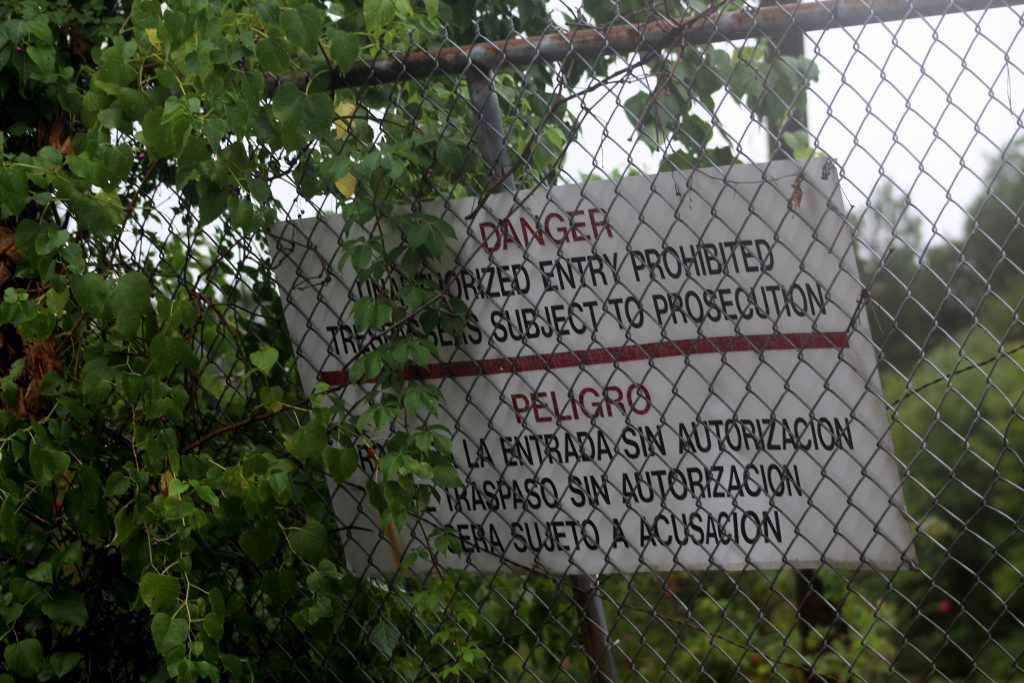High school students chronicle East Texas city’s toxic legacy

The former Carver Terrace sits vacant in Texarkana, Texas. (Photo by William Taylor Potter/News21)
PHOENIX – Patsy Oliver wanted the white picket fence dream, so the single mother jumped at the chance to to move to the Carver Terrace subdivision in Texarkana, Texas, where she could have a yard and garden.
“It was an affluent, black neighborhood. Everybody wanted to live in Carver Terrace,” said Bess Gamble-Williams, Oliver’s daughter who grew up in Carver Terrace. “When the deaths and the sicknesses started … we could not understand it.”
Carver Terrace was built on the former property of Koppers Co. Inc., which used creosote and other potentially dangerous chemicals to treat wood for railroad ties. According to the Agency for Toxic Substances and Disease Registry, creosote is a “probable carcinogen” and exposure can lead to lung, stomach, skin, kidney and liver problems.
Koppers stopped production in 1961 and sold 34 acres of the property to Carver Terrace Inc., in 1964. Later, the EPA found several heavy metals in groundwater, according to Catherine Howard, the dean of science, technology, engineering and mathematics at Texarkana College. Some samples had dangerous levels of arsenic, iron, chromium, nickel, lead and zinc.

The former Carver Terrace sits vacant in Texarkana, Texas. (Photo by William Taylor Potter/News21)
In 1984, the land was designated as a Superfund Site, and in 1993, the U.S. Army Corps of Engineers completed the buyout and relocation of affected residents, according to the EPA. The Superfund program is designed to clean up some of the nation’s most contaminated lands.
Oliver quickly became one of the community’s outspoken critics.
Decades after her mother’s fight, Gamble-Williams started working with high school students to spread Oliver’s message of “environmental racism” to a new generation of Texarkana residents. Their tribute to Oliver’s work is a 12-minute documentary, “Poison in the Pipes,” featuring Carver Terrace and Gamble-Williams speaking on Oliver’s work.
“After we aired it, several people stood up and gave their own testimony,” said Cailey Robinson, one of the students who produced the documentary, which debuted in July. “People were crying. It was a really beautiful moment.”
The demolition of Carver Terrace began Dec. 16, 1993 – the same day Oliver died. Odin Contreras, another member of the documentary team, said visiting the vacant site was a haunting part of the experience.
“Seeing all the markers and the concrete, and knowing that these people used to live here and the protests and all the awful things going on, I got a little emotional,” Contreras said. “They were dying because they wanted to live better lives.”
To see the full News21 report on “Troubled Water,” go to troubledwater.news21.com on Aug. 14.